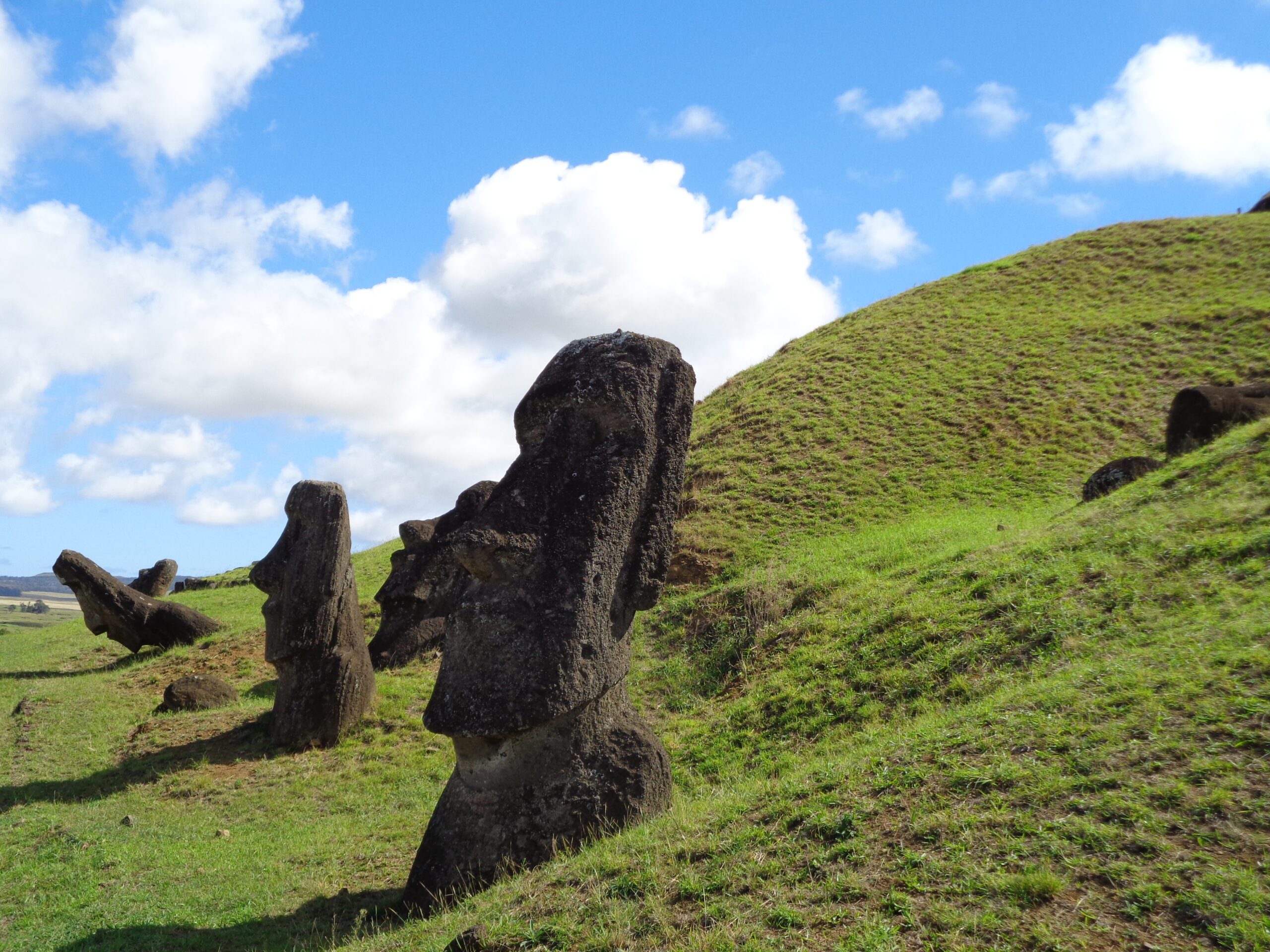As per local Indigenous and Chilean officials, a fire has destroyed Easter Island’s towering stone heads and other archaeological artefacts. The fire, which was ignited by the adjacent Rano Raraku volcano, burnt more than 100 hectares of the island, harming its iconic stone-carved statues known as ‘Moai,’ which were constructed by a Polynesian culture over 500 years ago, according to native officials.
In a statement Thursday, Ariki Tepano, the director of the indigenous Ma’u Henua community that maintains the Rapa Nui Natural Park, called the devastation as “irreparable” and warned that the “outcomes extend beyond what the eyes can perceive.” The mayor of Rapa Nui accused the Chilean government for failing to provide adequate resources or an adequate fire-prevention plan. He said that the government has been irresponsible in its duties and obligations, including poor protection and disregard for irreplaceable heritage. A widespread lack of volunteers hampered firefighting efforts as well. On Friday, the government announced the establishment of a permanent forest brigade on Easter Island.
The Rapa Nui National Park, named after the island’s Indigenous name, is a protected area that displays the Rapa Nui culture’s history. The island is located 3,500 kilometres (2,175 miles) off the west coast of Chile, in the region known as eastern Polynesia, and is home to over 1,000 stone sculptures with enormous heads. Based on a Gizmodo report, the area is one of the world’s most remote inhabited islands, with only 5,000 people living there. The monolithic human sculptures were crafted from volcanic ash and basalt between the 10th and 16th centuries by the island’s early residents.
Thank You for Visiting Our Website “Fact Houses” (facthouses.com)




